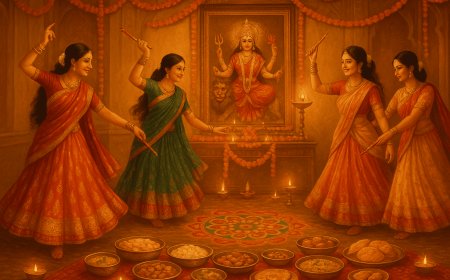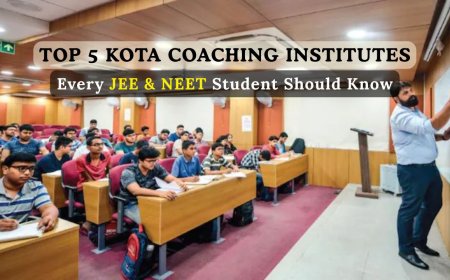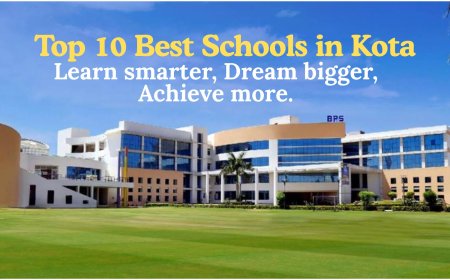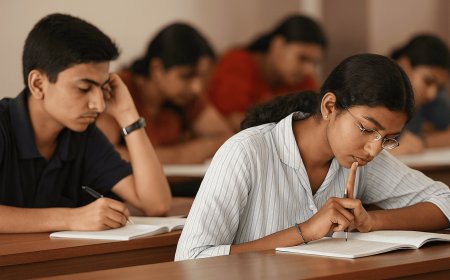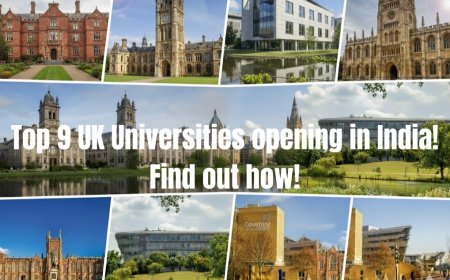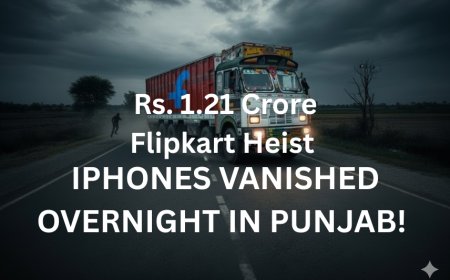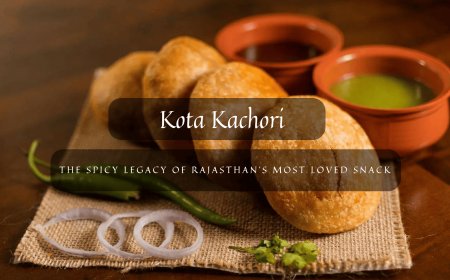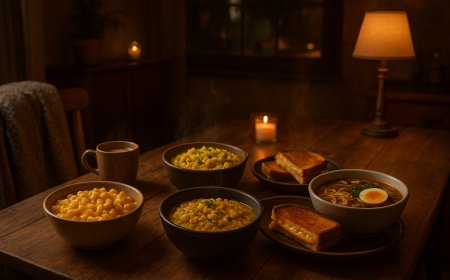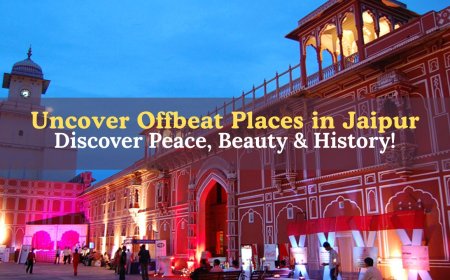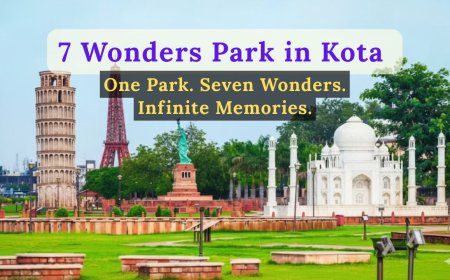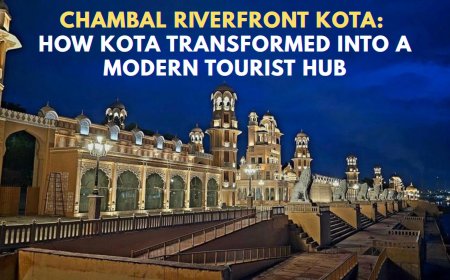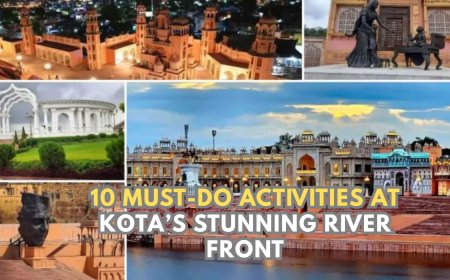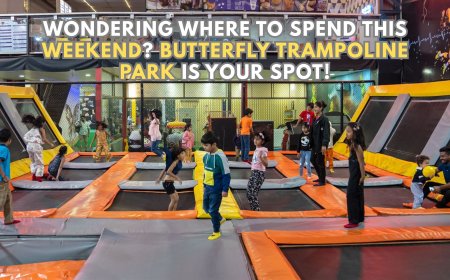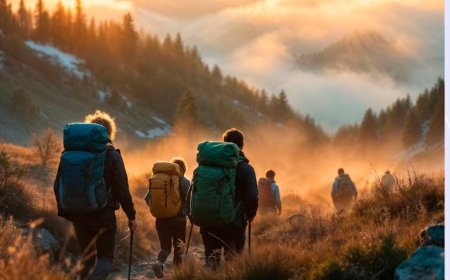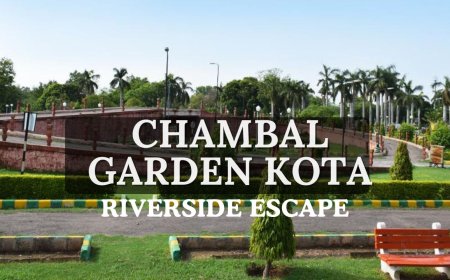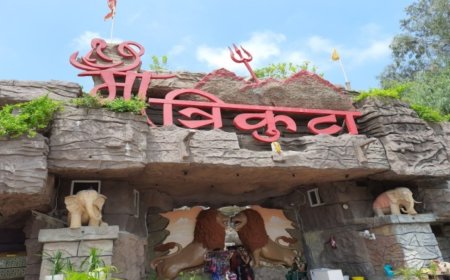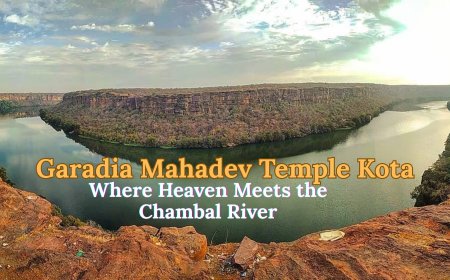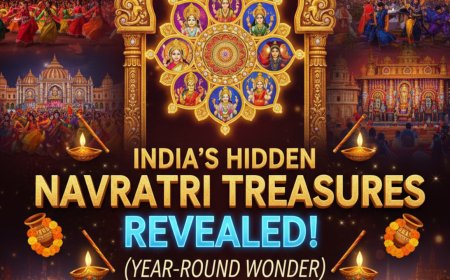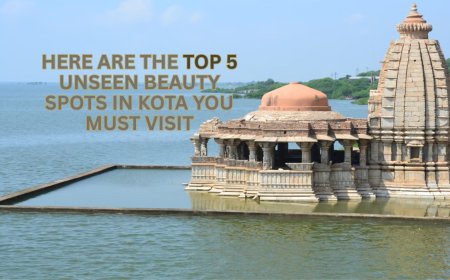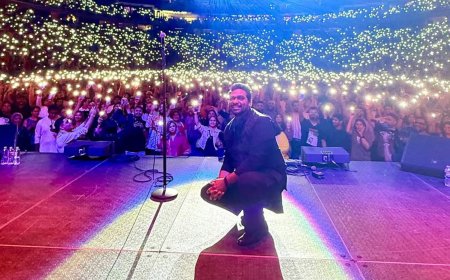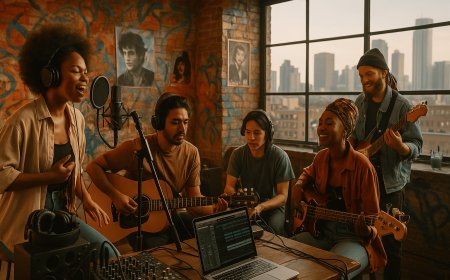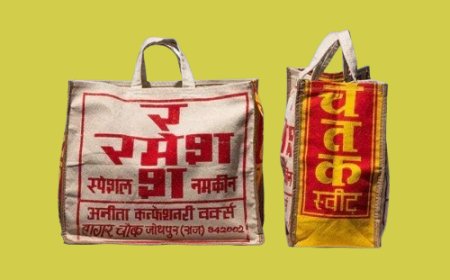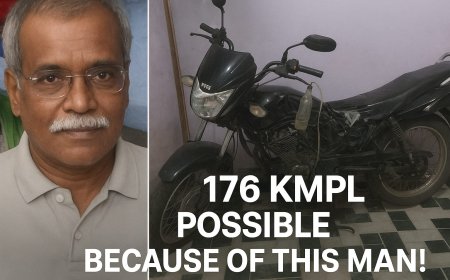Why River Front Kota is the New Pride of Rajasthan
Discover why River Front Kota is the new pride of Rajasthan! Explore its stunning architecture, serene ambiance, and attractions that make it a must-visit destination.

Table of Contents
- A New Dawn for Kota: The Rise of the Stunning Chambal Riverfront
- The Vision Behind Chambal Riverfront Kota
- Chambal Riverfront Kota: Where Architecture Meets Culture
- Things to Do at Chambal Riverfront Kota
- 5 Powerful Ways the Chambal Riverfront Kota Transformed the City
- Chambal Riverfront Kota: A Model of Sustainable Development
- My Personal Experience from Travelling to Chambal Riverfront, Kota
- Frequently Asked Questions (FAQs)
-
A New Dawn for Kota: The Rise of the Stunning Chambal Riverfront
I still recall my first walk along the Chambal River years ago. The place was deserted, abandoned, and far from what a proud city like Kota merited.
But when I went back a few weeks ago, I could hardly recognize my eyes. The very riverbank glows with light, music, and life these days. Families walk by, children laugh, and tourists click photos against radiant ghats.
This is the kind of change that makes the Chambal Riverfront, Kota, the new jewel of Rajasthan, a project that harmoniously weaves heritage, architecture, and contemporary tourism.
-
The Vision Behind Chambal Riverfront Kota
-
Kota's Old Image: Kota was famous primarily as India's education capital, with coaching centers and students everywhere. But aside from books, the city boasted a rich culture and heritage that needed to be highlighted.
-
The New Dream: The Rajasthan government wanted to transform Kota's reputation. It sought to turn it into a tourist-friendly, eco-friendly, and cultural destination, not simply an academic one.
-
Building the Riverfront: With an investment of ₹1,200 crores, Chambal Riverfront Kota was created along 6 km of river length. It transformed a neglected riverbank into a world phenomenon.
-
Local Talent, Global Vision: Local artisans, engineers, and environmental specialists collaborated. Each design embodied forward thinking, culture, and pride in Kota's heritage.
-
A City Transformed: The Chambal Riverfront is now a testament to the new Rajasthan, where nature, art, and architecture mingle effortlessly.
-
-
Chambal Riverfront Kota: Where Architecture Meets Culture
The Chambal Riverfront is not a walkway; it's an ongoing museum of Rajasthani history, imagination, and art. Each building is a storyteller, each ghat a symbol.
The Ghats: 22 Cultural Icons
There are approximately 22 newly constructed ghats (26 according to some sources), each planned around an individual theme and local inspiration:
-
Sahitya Ghat: Constructed in the shape of an open book with a library of five floors and sculptures of India's most revered writers.
-
Bal Ghat: Constructed specifically for kids, right down to the water park and playgrounds.
-
Hadoti Ghat: Features art and sculpture work of Bundi, Jhalawar, and Kota districts.
-
Rajputana Ghat: Commemorates the royal culture of Rajasthan's nine districts through architecture.
Monuments of Pride
-
World's Largest Bell: Weighing approximately 79,000 kg and composed of 13 metals, it chimes the spiritual word "Om" that resonates a few kilometers away.
-
Statue of Chambal Mata: A 40-meter creation constructed from 1,200 metal pieces, designed with the waterfall effect running from the goddess's urn.
-
Musical Fountain: Reaching 42 meters high, this is the second-tallest musical fountain in the world, astounding visitors every night.
-
Other Attractions: From a 225-foot marble statue to the world's largest Nandi statue, Nehru's mask, and camel sculptures, art and craftsmanship are found in every corner.
Looking for evening plans at Chambal Riverfront Kota? Want to know more? Check out our blog: ‘Top 10 Things to Do at River Front Kota for a Perfect Evening’
 Image Credit: Eastern Mirror
Image Credit: Eastern Mirror -
-
Things to Do at Chambal Riverfront Kota
The riverfront isn't merely a spectator sport; it's designed for experiencing.
Here's why it's so special for people of all ages:
-
Walk, jog, or cycle along nice tracks.
-
Take boat rides for a scenic sight of both banks of the river.
-
View evening light and sound performances that animate the river.
-
Visit cultural functions such as folk dances, puppet shows, and art events.
-
Let children have fun at Bal Ghat or play among the fountains.
-
Unwind at food courts and water-facing cafes.
-
Read or relax at Sahitya Ghat's serene library.
The riverfront is open daily from 10 a.m. to 8:30 p.m. with an entry fee of ₹200 for adults and ₹100 for students.
Main entry gates are at Shaurya Chowk (West) and Nayapura Ghat & Barrage Garden (East).
If you visit, go around evening time, the view is breathtaking when the lights begin to glow over the water.
-
-
5 Powerful Ways the Chambal Riverfront Kota Transformed the City
Before the riverfront, Kota used to be predominantly a city of students. Today, it's a tourism destination that draws families, visitors, and photographers from all over India.
How the city is changing:
-
Boost in local economy: Food vendors, handicraft sellers, and guides now get double their usual earnings in tourist season.
-
Rising hospitality industry: Hotels, cafes, and homestays have sprung up around the place.
-
More employment: Local performers and artisans now find new sources of employment.
-
Cultural revival: Kota’s art, music, and traditions get showcased regularly through live events.
-
City pride: Residents now take pride in bringing guests to “their” riverfront.
A Local’s Perspective: One café owner near Nayapura shared, “Earlier, our evenings were quiet. Now, people line up for seats facing the water. We’ve never seen this much joy in Kota.”
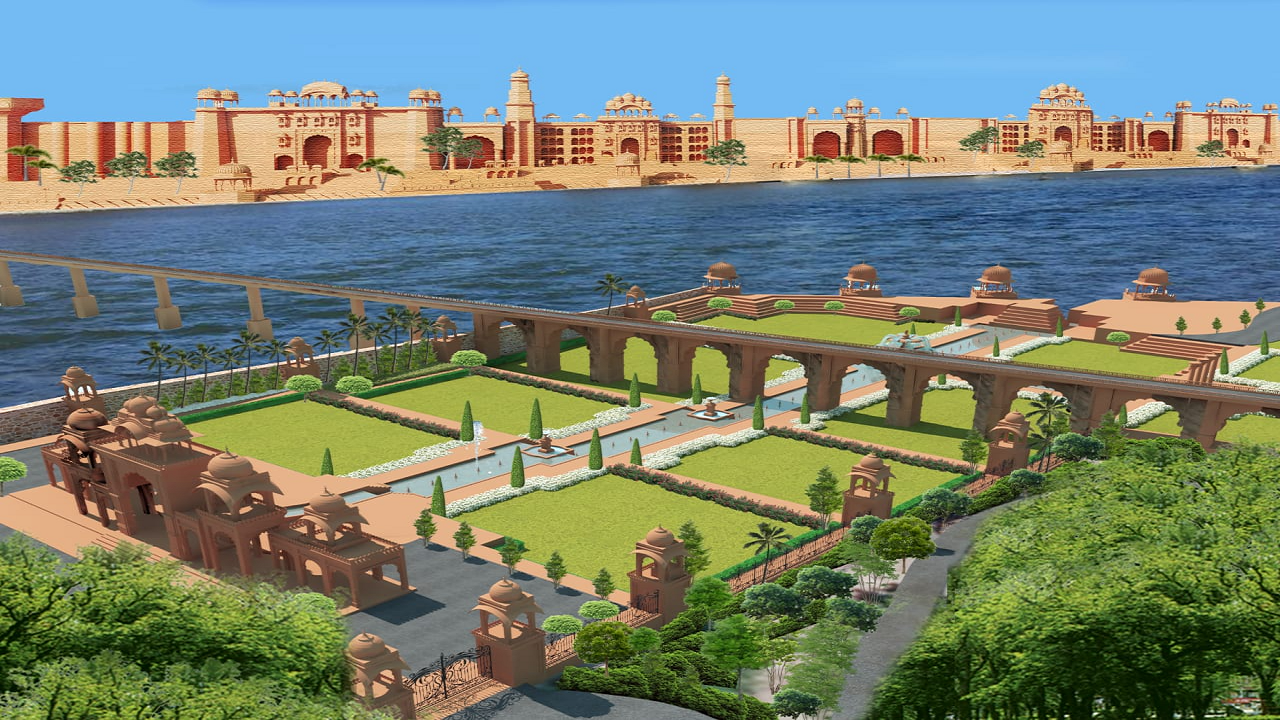 Image Credit: Drishti IAS
Image Credit: Drishti IAS -
-
Chambal Riverfront Kota: A Model of Sustainable Development
Apart from its looks, the Chambal Riverfront was constructed with a focus on environmental concerns.
-
Every attempt was made to restore river ecology, grow native vegetation, and dispose of waste.
-
The look is centered on rainwater harvesting and energy-efficient lighting.
-
Local craftsmen and materials were given importance in order to cut down the carbon footprint of the project.
-
The initiative also raised public consciousness about the cleanliness of the river.
Due to this, the riverfront has become a model for sustainable city development for other Indian cities.
-
-
My Personal Experience from Travelling to Chambal Riverfront, Kota
For me, the most special aspect of this project is the feeling of belongingness it has generated. I used to view the Chambal as a neglected place. Nowadays, I visit there to reflect, to breathe, and to observe individuals from various backgrounds occupy one space harmoniously.
Last week, I observed students learning photography, an older couple feeding pigeons, and children giggling around the fountain, all within one picture.
That's when it struck me: this is not just architecture. It's a reminder that development can bring one closer to nature and culture, too.
-
Frequently Asked Questions (FAQs)
1. Why is Chambal Riverfront special?
It's the world's first heritage-listed riverfront, where art, tourism, and sustainability come together in one single project.
2. When should one visit?
October to March is ideal, as the climate remains cool and pleasant.
3. How long is the riverfront?
The entire length is approximately 6 - 3 km on either side of the river.
4. How many ghats are there?
There are approximately 22 ghats, each of which is planned with a unique cultural theme.
5. Are there boating options available?
Yes. Tourists can take serene boat rides to witness the ghats and sculptures from the river.
6. How tall is the Chambal Mata statue?
It is around 40 meters high and has a beautiful waterfall effect.
7. What is the entry cost?
₹200 per head and ₹100 for students.
8. Is there a food and rest facility?
Yes, there are a few food courts, stalls, and seating places across the site.
9. Is it child-friendly?
Absolutely. Bal Ghat and open play spaces make it an ideal family place.
10. Why is it known as the Pride of Rajasthan?
It is an example of how Rajasthan unites tradition and modernity, a contemporary venture that does not forget its roots.
What's Your Reaction?
 Like
0
Like
0
 Dislike
0
Dislike
0
 Love
0
Love
0
 Funny
0
Funny
0
 Angry
0
Angry
0
 Sad
0
Sad
0
 Wow
0
Wow
0
